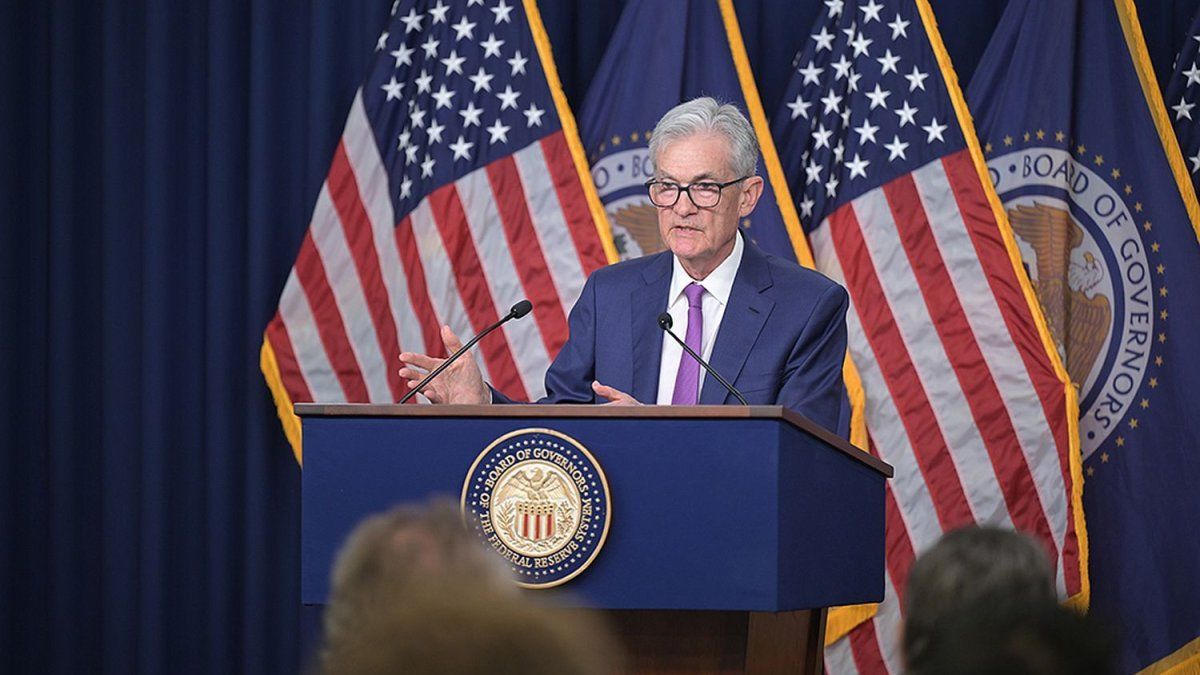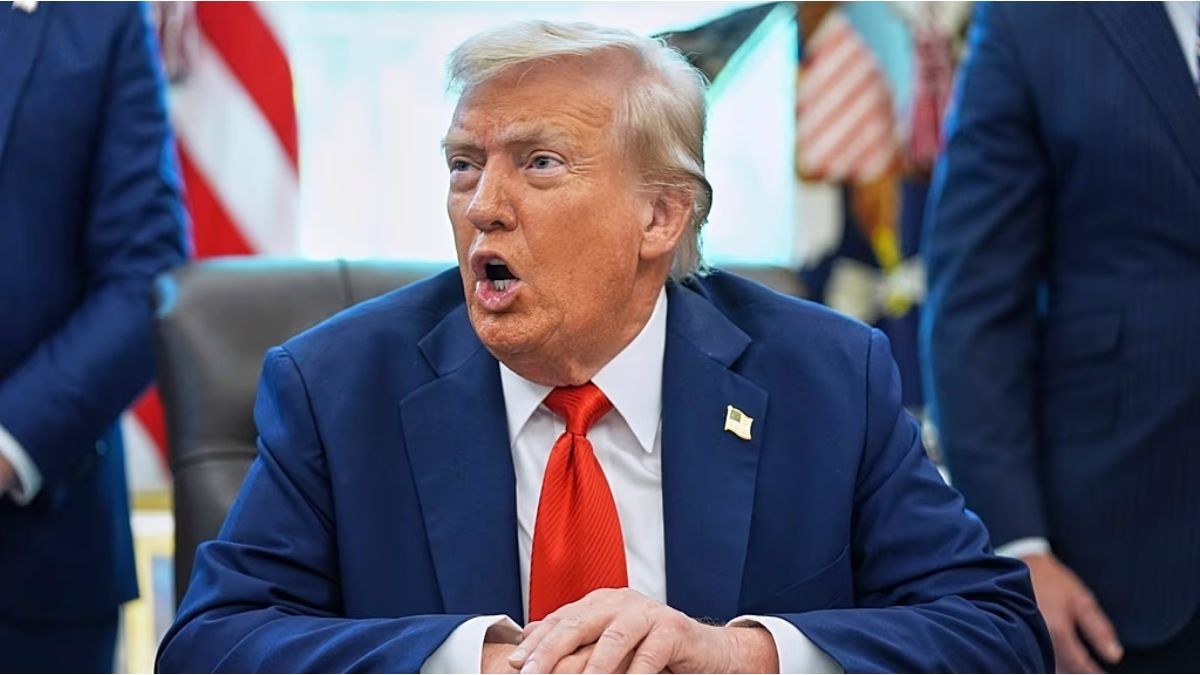This is what we see today, so far, a price adjustment linked to several reasons, which are neither from yesterday nor today. The triggers for all tastes, but the truth is that the disarmament of the Global “carry trade” with epicenter in Japan, it was the straw that broke the camel’s back. Now everything seems like a “save yourself” situation where panic seems to dominate decision-making.
The same old story, but this time mounted on a rally that accumulates succulent profits. To date, looking in perspective, the fall of the markets still has the Nasdaq index 12% above where it started the year, 165% accumulated since 2023, and is even above the 2021 post-pandemic high when it rose more than 100% from the lows at the start of the pandemic. While the S&P index is still 11.5% above where it started the year, 34% since 2023 and 93% from the pandemic lows; and the Dow Jones, the same, is today 3.3% up for the year, 17.6% accumulated since 2023 and 103% from the pandemic lows.
So far, everything is very nice, but when the spirits of investors and operators are overcome by fear, there is no telling where it will end. Some, always optimistic, see a buying opportunity in the saying attributed to Baron Rothschild to buy when there is blood in the streets, while for others, not so positive, it is an opportunity to get out. Now everyone is looking at the Fed, pointed out as one of the culprits of having reached this situation for not starting the interest rate cuts long ago. They dust off Churchill’s phrase: this is not the end, it is not even the beginning of the end, but it is, perhaps, the end of the beginning.
Week full of energy
As we pointed out, the debacle did not begin today, nor on Friday; it has been brewing for months for different reasons, with a focus on geopolitical tensions and the slow pace of the Fed, which has placed the US presidential elections in the role of catalyst for what will come depending on who wins.
The assassination of Trump, the tensions linked to the war in Ukraine, and the growth of the conflict in the Middle East have only accelerated the rotation of funds and investors’ portfolios, with the epicenter being the range of technological stocks.
The last week of July was also marked by important events in global financial markets, driven by central bank decisions on interest rates, corporate earnings and geopolitical tensions.
Doubts about global economic growth have intensified, with China still showing little reaction and this affecting the commodities market, and fears about a recession in the US, that is, instead of a “soft landing” There is a fear of a “hard landing”. Arguments for all tastes to explain last week’s wave of sales and the recent deepening.
For now, important voices such as Mohamed El Erian have already pointed out that the Fed could be pressured to cut 50 basis points in September, and according to the CME FedWatchTool estimator there is now a 95.5% implied probability of a 50 basis point reduction in the federal funds target rate.
This could be similar to what the Fed did in the fourth quarter of 2018, when stock market volatility forced it to make a “policy U-turn” that wasn’t justified by economic conditions, El-Erian said. Traders are inflating the size and speed of a Fed tapering cycle, he added: The futures market now sees a 95.5% chance of a 50-basis-point cut in the Fed funds rate from 5.25%-5.50% to 4.75%-5% and assigns a 4.5% chance for a 0.25-percentage-point cut.
“It is certainly possible that, lacking the usual strategic anchors and guided by an outdated monetary policy framework, this Fed could be pressured by markets to implement a 50 basis point cut in September,” said the prestigious economist and fund manager. “Such an outcome would constitute a notable change in the Fed’s policy narrative, which would also need to be accompanied by significant revisions to its economic projections,” he said.
For proponents of the inflation theory, such as Larry Summers, the opposite approach would be taken: instead of lowering the rate, the Fed should raise the rate. However, the need for stimulus to stabilise the markets is increasing. Hence, rumours of a special Fed meeting in which the rate would be cut by a quarter point to calm the mood arose. But such a reaction could make the market more nervous and would be interpreted as the Fed suddenly seeing the economy in a much worse light.
Such a rapid change of heart by the Fed could certainly undermine its credibility, which could have a negative impact on inflation expectations down the road. The Fed is likely to expect that some of the upcoming US data to be released will indicate that the US economy is slowing at a moderate rather than rapid pace.
Meanwhile, Wharton Finance professor Jeremy Siegel warned on CNBC that stocks will struggle and a recession is on the cards if the Fed does not cut rates in September. The labor market is close to triggering a very accurate recession indicator, according to Siegel, who said the U.S. faces a higher risk of recession without cuts, with GDP and job growth slowing. More job losses have brought the economy closer to triggering a highly accurate recession indicator known as the Sahm ruleSiegel noted.
The Sahm Rule is a recession indicator developed by former Fed economist Claudia Sahm that says the U.S. economy is in recession when the three-month moving average of the unemployment rate rises 0.5% from its 12-month low. The Fed said the indicator rose to 0.43 last month.
Source: Ambito
I am a 24-year-old writer and journalist who has been working in the news industry for the past two years. I write primarily about market news, so if you’re looking for insights into what’s going on in the stock market or economic indicators, you’ve come to the right place. I also dabble in writing articles on lifestyle trends and pop culture news.




